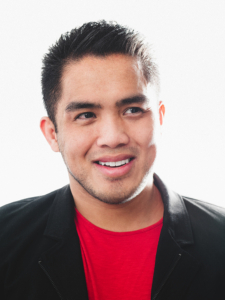
Jay Soriano, Headshot Photographer.
Among the many sub-genres of portrait photography, the headshot seems to be one of the easiest types to define.
Traditionally, headshots could very well be the only résumé every actor, musician, or model looking to land a job ever needed.
Casting directors know what they want from an actor, or at least an idea of what the actor should look like (in terms of facial features, age, etc) and how they would fit in the entire production. A great headshot would supply this information and then some.
It would normally feature the classic head-and-shoulder shot where more of the facial features of the subject fills the frame — something that is a standard for a lot of actors.
The resulting image is usually printed in an 8” x 10” cardstock which will live on the actor or models’ résumé until they need a new one a couple of years down the road.
There are also three-quarter length headshots which show more of the subject’s frame, commonly used by models, and just about a decade ago, corporate headshots.
Beyond the headshot’s commercial applications we’ve come to know and love, however, lies an interesting history.
Cartes de Visite
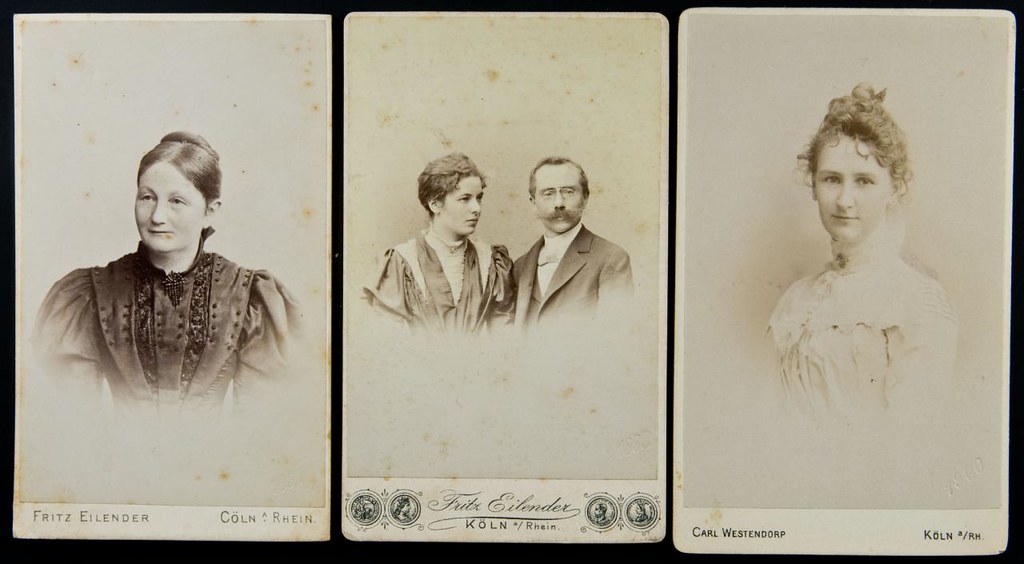
Trio of German cartes de visite with date blindstamps, 1897, 1898 & 1900
The origin of the classic headshot could be traced back to the infancy of photography itself. Last week, in A Brief History of Portrait Photography, I discussed the first photographic portrait by Robert Cornelius in 1839, essentially a headshot and a selfie.
In 1854, André-Adolphe-Eugène Disdéri came up with a more affordable process of photographic portraiture by cutting up full-sized plates into 4 separate small portraits. The photos would later be known as Carte-de-visite, or visiting cards.
Each card measured about 8.89 × 6.35 cm — roughly the size of playing cards. The process was an absolute hit in Europe and the United States that trading visiting cards among families and friends during holidays became commonplace. Carte-de-visite photos (later overshadowed by slightly larger cabinet photos) are thought to be the very first business cards.
By the early 20th century, cabinet photos served a secondary purpose: they were used as promotional materials for actors by advertising companies.
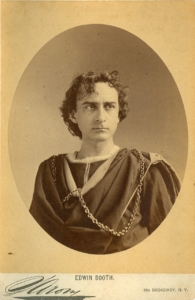
Cabinet photo of Actor Edwin Booth
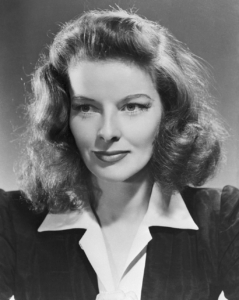
A promotional photo of Katherine Hepburn in the 1940s
The Modern Headshot
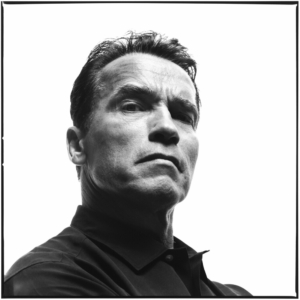
Arnold Schwarzenegger by Richard Avedon
Few photographers could claim that their work had influenced the art form’s trajectory throughout history.
I believe Richard Avedon is one of those few. To quote The New York Times, “[Avedon’s] fashion and portrait photographs helped define America’s image of style, beauty and culture for the last half-century.”
His influence, of course, extended to headshot photography. Avedon had a way of eliminating distractions in a portrait by using plain white backgrounds. This created large amounts of negative space in the photo, which drew the observer into the subject’s character and emotion — where every bit of the nuanced expression was launched further into the spotlight.
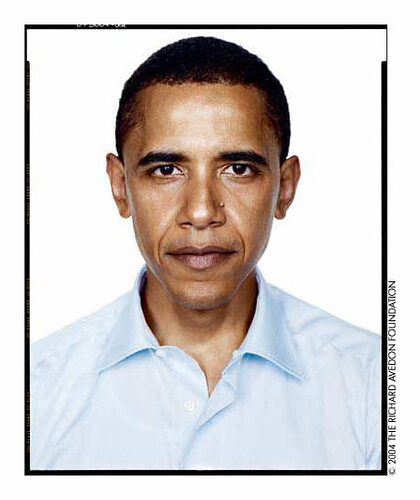
Barack Obama by Richard Avedon
Today, the commercial sector’s demand for professional headshots is just as strong as the entertainment industry’s, and we have the internet to thank for it.
Professionally done headshots are a must for marketing purposes, which is now no longer limited to larger companies requiring corporate headshots.
Doctors, dentists, real estate agents — pretty much every business will benefit from a headshot as it humanizes the formerly cold and faceless entities the public are expected to form (often costly) relationships with.
The numbers suggest that on LinkedIn, the preferred social networking site for professionals, profiles with photos are 36 times more likely to receive messages and get 21 times more views. You can only imagine how much instant credibility a professional headshot brings to the table.
It is then up to the professional headshot photographer to help the subject (the friendly dentist, for example) bring out a confidence-inspiring shot that would help build trust between him and his clients.
Headshot photography will naturally continue to grow and evolve just as the masses’ tastes and demands do — something made evident by Peter Hurley, possibly the biggest name in the headshot photography industry today, and his signature “squinch” direction.

It’s interesting that you mention that having professional headshots can help you make a good impression on your potential clients. I’m thinking about starting a business soon, so it sounds like I should hire a photographer to take some headshots for me. I’m going to see if there’s a good photographer in my area who does headshots.
It’s interesting to know how headshot photography can be done well without smiling. I’d like to look for professional headshot photography services because I’m interested in having a good photo of mine for my website. I think that I will need to look as reputable as possible in order to make sure that my site will be taken seriously.
I like that you talked about how headshot portraits will humanize the cold and faceless entities of the professionals. I can imagine how I could also find a doctor or dentist I feel I can trust by looking at their photos. So clinics should definitely have those kinds of photos displayed in their lobby or around the facility.